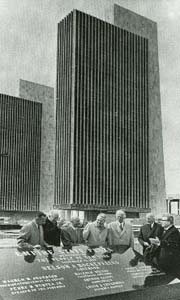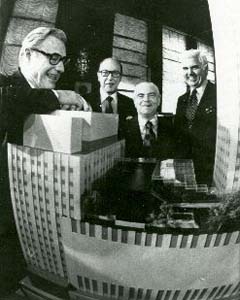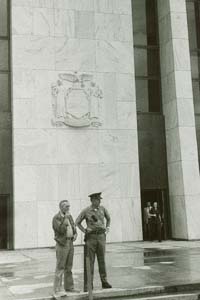Public Hostage: Public Ransom – Inside Institutional America
Chapter One: Social Control Origins (Continued)
It was clear that the special needs of the severely retarded and multiply handicapped, particularly children under ten years of age, were simply not being met. As the admission rate declined, the population within grew older and the deaths, coupled with the less than one percent trickle of persons somehow leaving the institution, caused a slow decline in the rolls. By 1971, there were over 5,200 residents.
At no time did the total employee complement exceed 3,200. The highest direct-care ward staff figure, excluding administrative and nonclinical employees, was officially reported at 2,196 in early 1971 to cover the 27 resident care buildings over three, eight-hour shifts.
The real figures, of people actually on duty, were not recorded until the advent of the federal class action lawsuit in 1972-73, when it was documented that a 20 percent discrepancy existed between the administration's paper estimate and the warm bodies actually present. The job and budget freeze imposed by the governor to save the state money came on December 7, 1970. All hiring, promotions and new programs in the state were stopped.
No losses by attrition were to be replaced. One year later, there were 683 fewer employees at Willowbrook. Actually 1,000 jobs were unfilled, representing a full one third reduction in workers, most of whom had been doing the ward work. In practice, this meant a staff-to-client ratio that varied from 1:18 to 1:60 people. Such a critical depletion of staff, both in clinical and support services, resulted in increasing problems of low morale, minimum ward coverage, and inadequate equipment, supplies, food and clothing. All of this and more caused an unimaginable deterioration in what had been, at-best, a holding action in custodial resident care.



